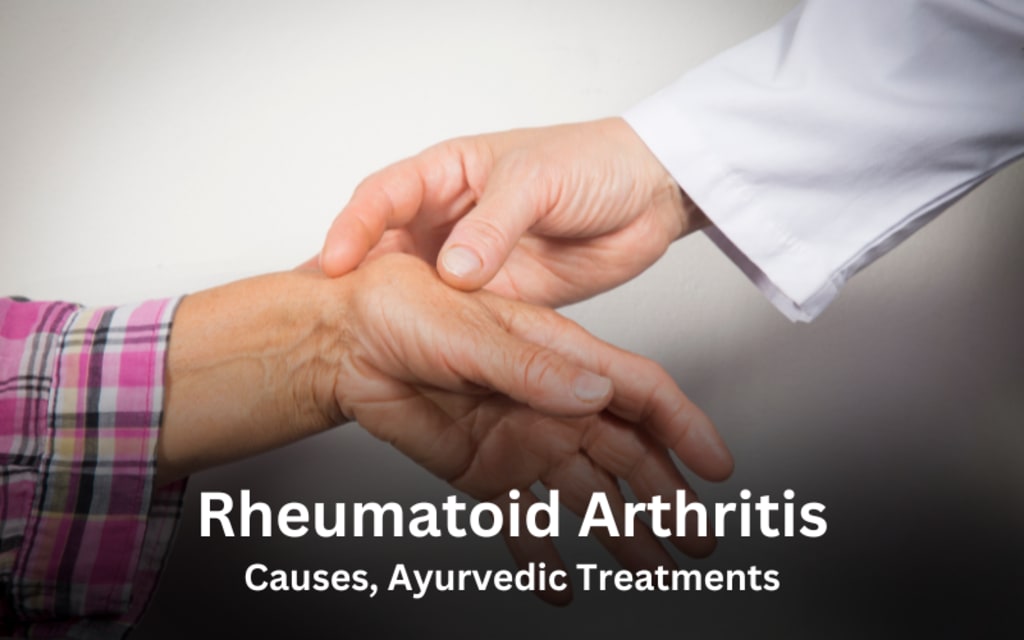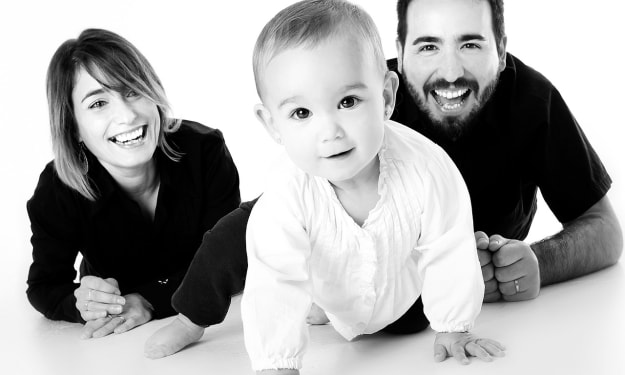Rheumatoid Arthritis: Unmasking the Symptoms, Navigating Diagnosis, and Dispelling Myths for Clarity and Awareness
Myths About Rheumatoid Arthritis

Rheumatoid arthritis (RA) is an autoimmune disease that causes the joints to be constantly inflamed. Rheumatoid arthritis is marked by inflammation of the tissue around the joints and inflammatory arthritis. However, the condition can also cause inflammation and damage to other systems in the body.
Symptoms of RA
- Joint pain and swelling
- Stiffness
- Generalized weakness
- Joint redness and deformities
- Reduced range of motion
- Fever
- weight loss
- dry eyes
- Heart diseases
- Lung disease
Diagnosis of RA
Rheumatoid arthritis (RA) is usually diagnosed through a clinical evaluation, a review of the patient's medical history, a physical exam, and diagnostic tests.
Medical History: The doctor will ask you about your symptoms, how long they've been going on, and anything else that might be related, like joint pain, stiffness, swelling, and tiredness. They will also ask if gout or autoimmune diseases run in your family.
Physical check: The doctor will do a physical check to look for signs of inflammation, such as pain, warmth, and swelling in your joints. They might look for joint deformities, a limited range of motion, and signs of participation throughout the body.
Blood Tests: RA is often diagnosed with the help of a number of blood tests. These tests can help find certain signs that point to RA, such as:
Rheumatoid Factor: This protein is found in the blood of many people with RA but not only in RA patients.
Anti-cyclic citrullinated peptide (anti-CCP): antibodies are more specific to RA, and people with it often have them.
Erythrocyte Sedimentation Rate (ESR) and C-Reactive Protein (CRP): These tests measure signs of inflammation, which are usually high in RA.
Imaging Tests: X-rays, ultrasounds, and magnetic resonance imaging (MRI) may be used to check for joint damage, cartilage loss, and inflammation.
Synovial Fluid Analysis: In some situations, synovial fluid analysis may be done. It involves taking a small amount of fluid from a joint that hurts so that signs of inflammation can be looked for and other conditions can be ruled.
Common myths and corresponding facts related to Ayurveda treatment for rheumatoid arthritis
Myth: Rheumatoid arthritis can be cured with Ayurveda.
Even though Ayurveda can help people with RA manage their symptoms and feel better generally, it is not a guaranteed cure. RA is a long-term autoimmune disease that is usually treated with a mix of traditional medical treatments, changes to the way you live, and supporting therapies like Ayurveda.
Myth: There is no scientific proof that Ayurvedic treatments for rheumatoid arthritis work.
Even though there is more and more scientific evidence that Ayurvedic treatments for RA work, it is important to remember that more study is still needed, some studies have shown that Ayurvedic herbs, treatments, and changes to a person's lifestyle can help reduce pain and inflammation and improve the quality of life for people with RA.
Myth: Everyone with RA gets the same Ayurvedic treatments.
In Ayurveda, treatments are tailored to each person based on their unique temperament and symptoms. Medicines may be different for each person, based on things like their dosha balance, how bad their symptoms are, and their overall health. Talking to a trained Ayurvedic practitioner is important to get a personalized treatment plan.
Myth: Only older people can get rheumatoid arthritis.
Even though middle-aged and older people are more likely to be diagnosed with RA, it can happen at any age, even in children and young adults.
Myth: Rheumatoid arthritis and osteoarthritis are both the same thing.
The symptoms of rheumatoid arthritis and osteoarthritis are different. RA is an autoimmune disease that mostly affects the joints. Conversely, osteoarthritis is a degenerative joint disease that happens when the joints wear down over time.
Myth: Only the joints are affected by rheumatoid arthritis.
RA is an autoimmune disease that affects the whole body. It can affect many organs and processes. It can affect the skin, eyes, heart, lungs, blood vessels, and other organs.
Myth: People with rheumatoid arthritis should stay away from exercise and physical action.
Physical movement and exercise should be done regularly by people with RA. They can help keep joints flexible, build muscle strength, improve general fitness, and relieve pain. But it's important to talk to a healthcare professional to figure out what tasks and changes are best.
Myth: Rheumatoid arthritis can't be treated or fixed.
There is no cure for rheumatoid arthritis at the moment. But people with RA can have fewer symptoms, less damage to their joints, and a better quality of life if they are diagnosed and treated early and in the right way.
Myth: Cold weather or a certain diet can cause rheumatoid arthritis.
No one knows for sure what causes RA. It is thought to be caused by a mix of genes, the surroundings, and the immune system. Cold weather or certain foods have not been shown to cause RA, but some people may notice that their symptoms change when the weather or what they eat changes.
Myth: Only women get rheumatoid arthritis.
Even though RA is more common in women, guys can also get it. Men of any age can get RA, and their symptoms may differ from those of women.
Myth: Only the hands and feet can be affected by rheumatoid arthritis.
Rheumatoid arthritis can affect any body part, including the hands, feet, wrists, elbows, shoulders, knees, and hips. It can also hurt the spine and make you feel pain in your neck or back.
About the Creator
Enjoyed the story? Support the Creator.
Subscribe for free to receive all their stories in your feed. You could also pledge your support or give them a one-off tip, letting them know you appreciate their work.





Comments
There are no comments for this story
Be the first to respond and start the conversation.